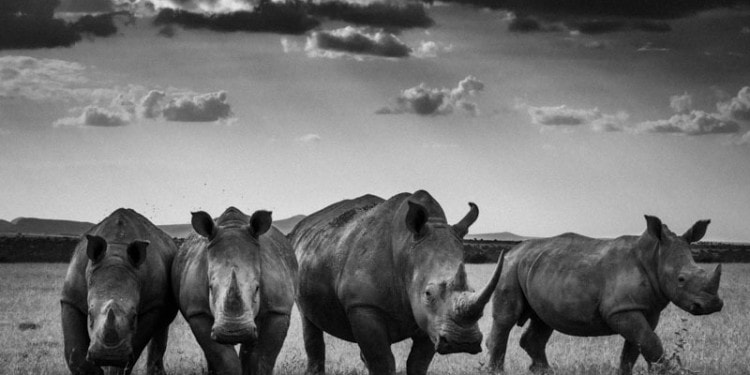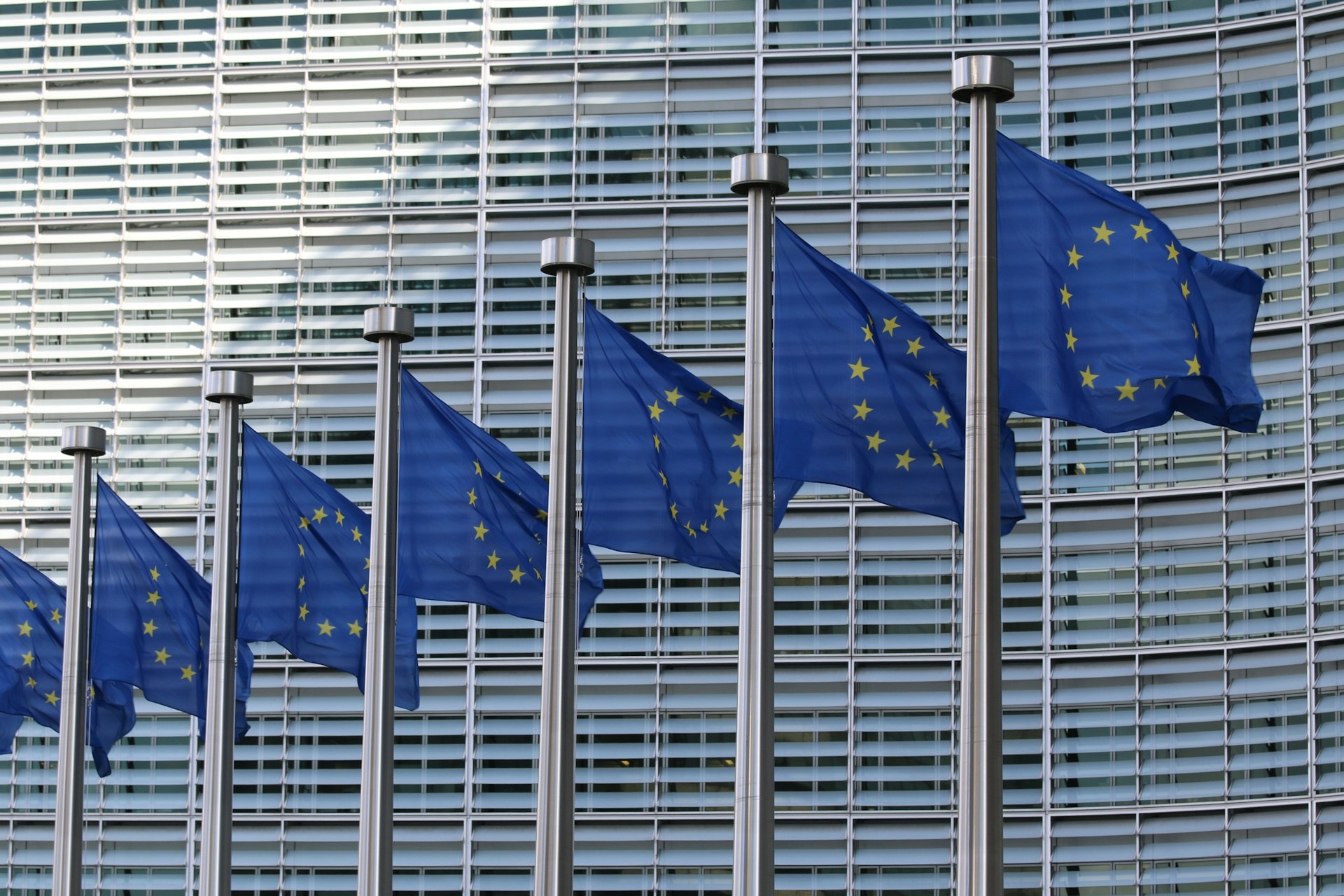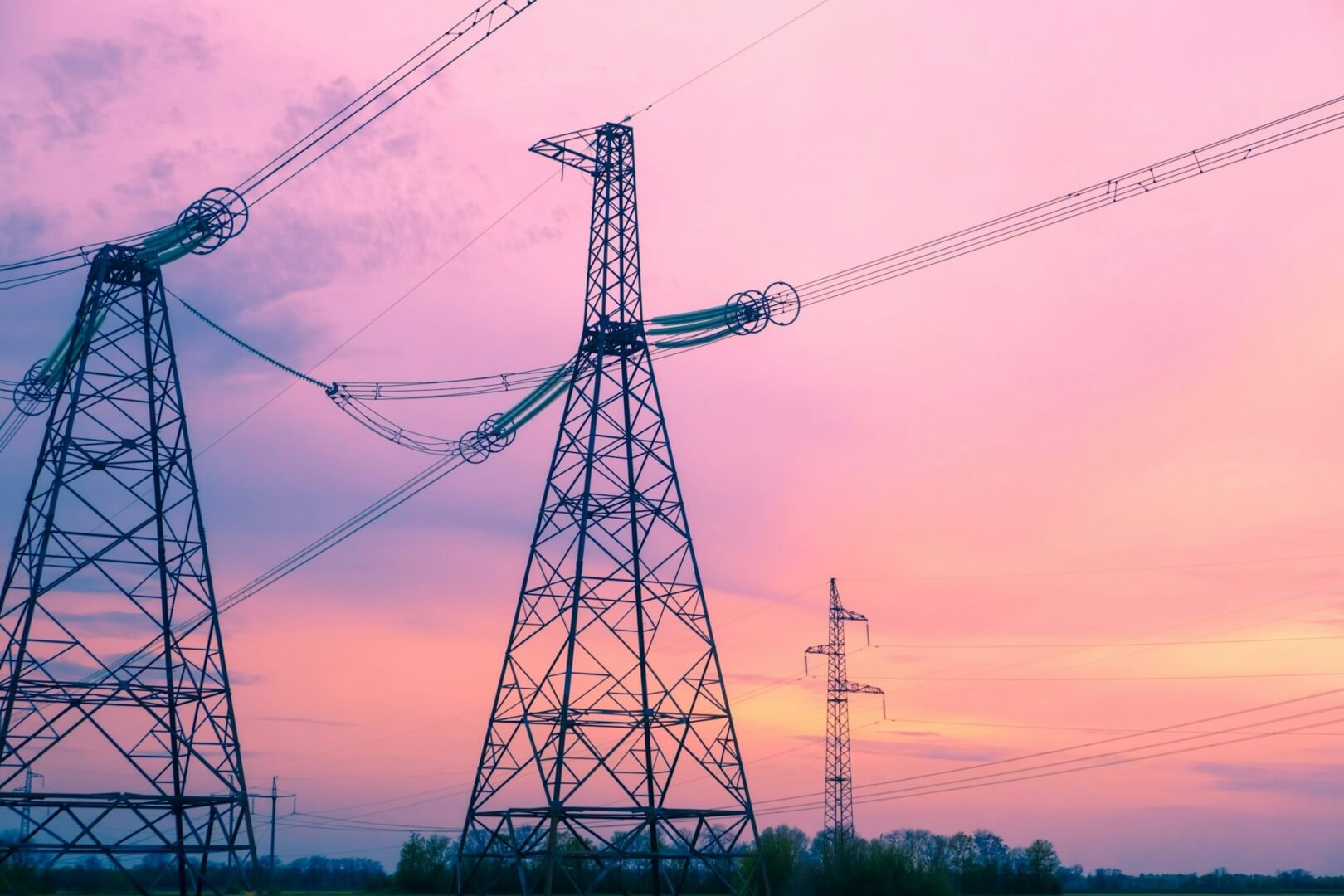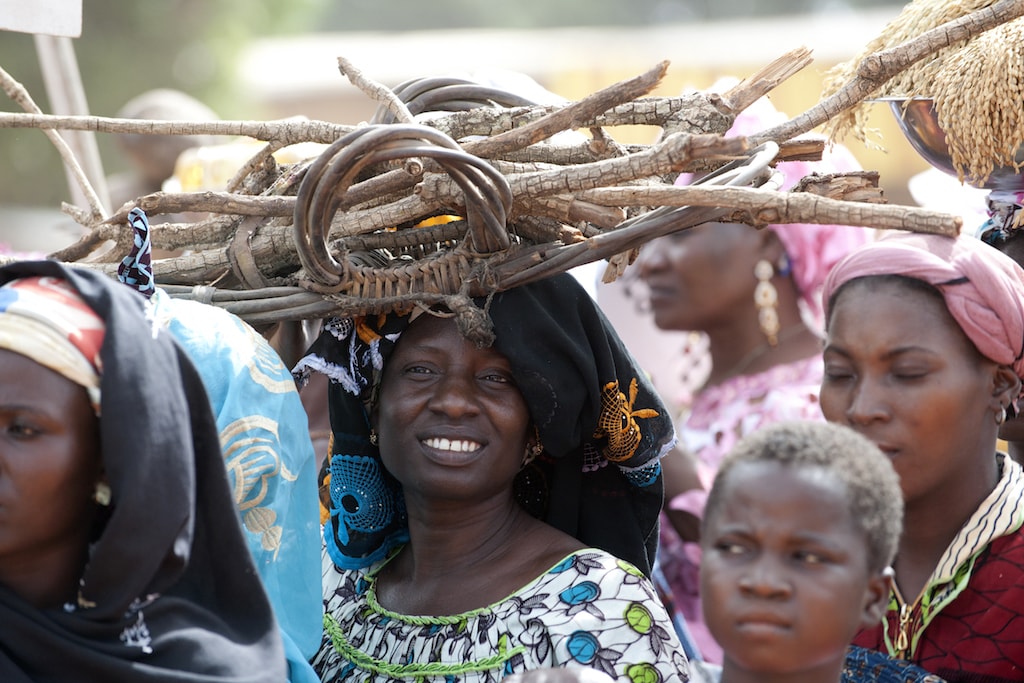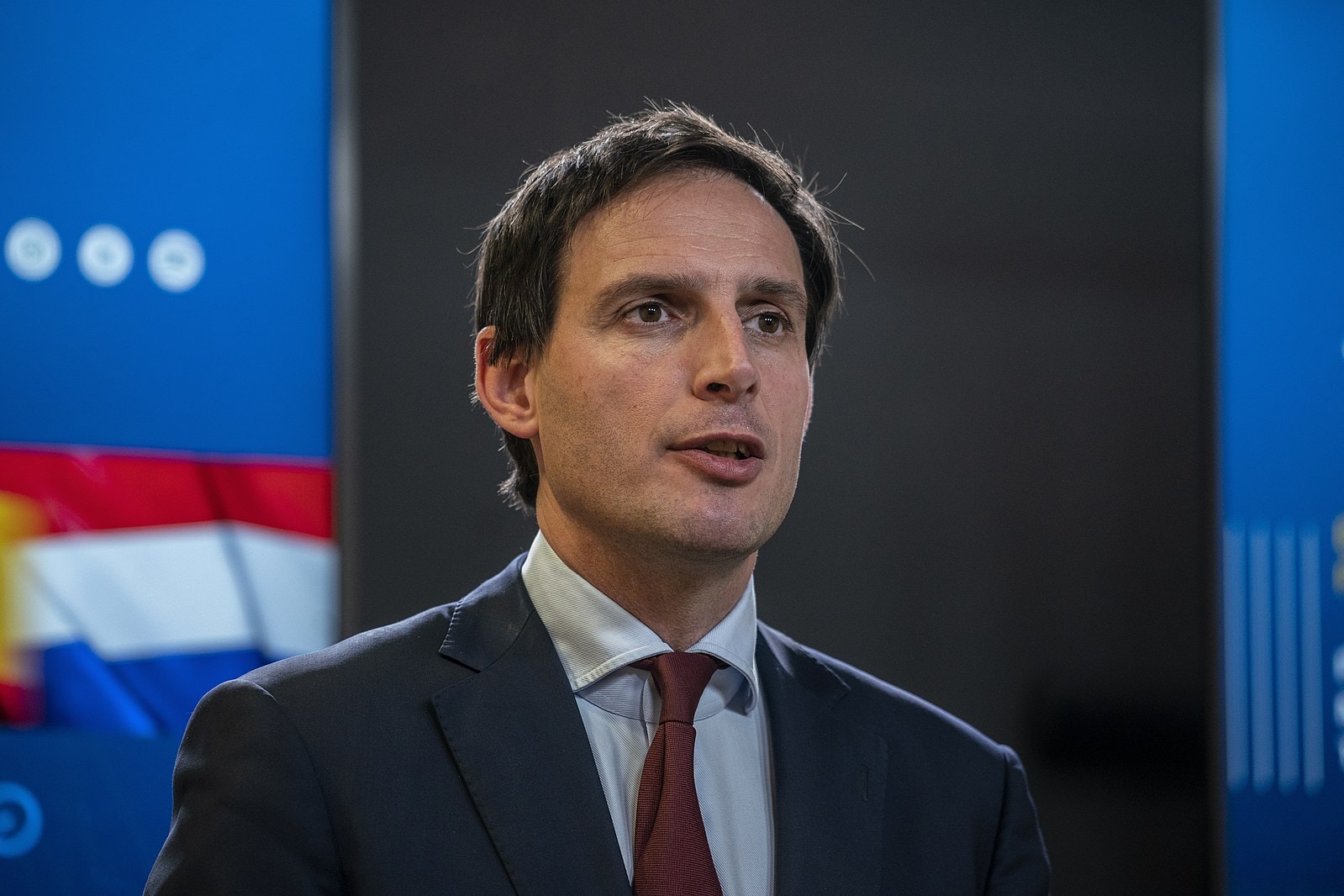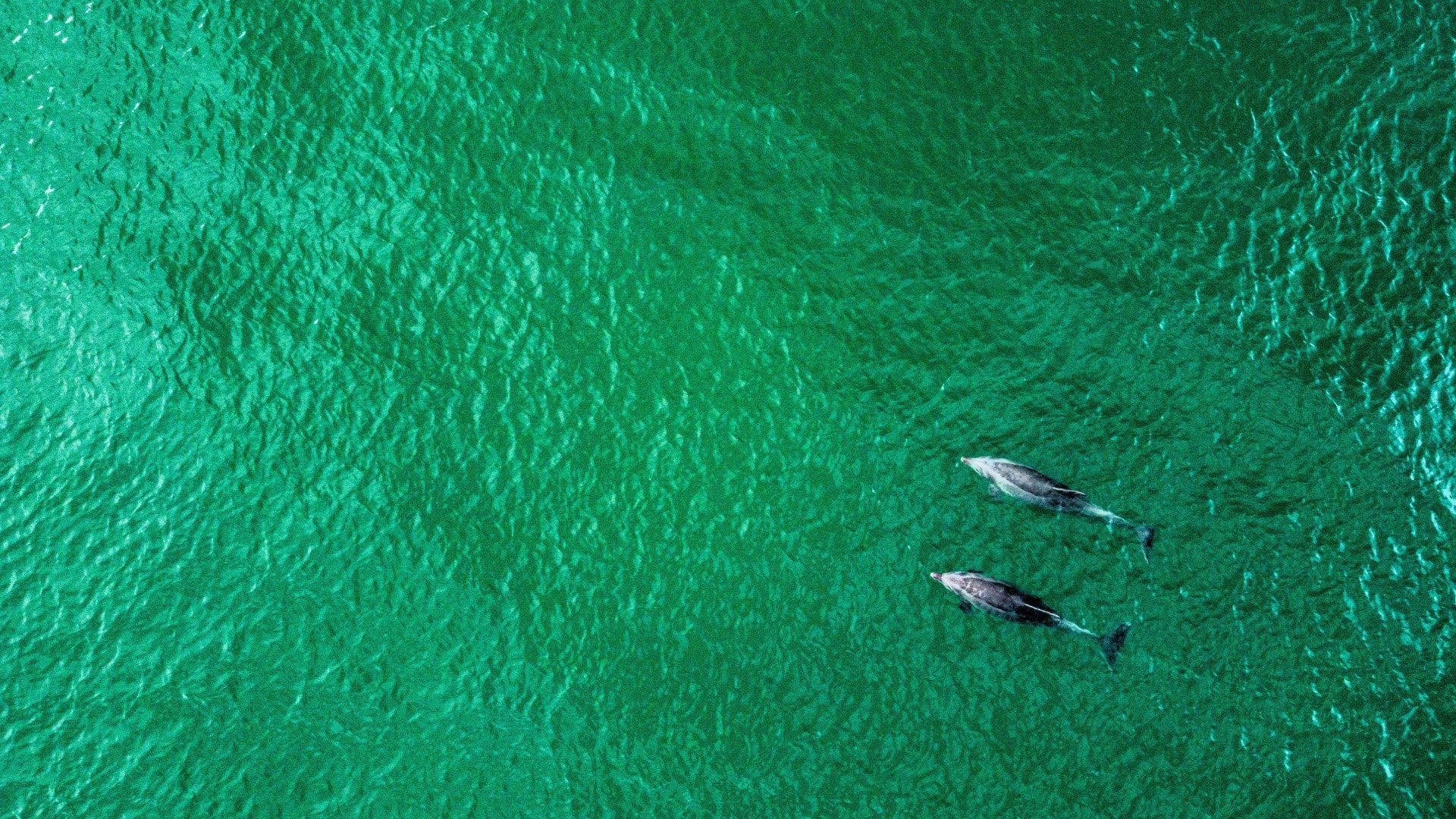Today, it would seem that all our media is consumed by humanity. We have defined a distinct connection to other humans all over the world. Some of us might forget that we share this planet with others. Laurent Baheux has not forgotten those others and he spends his time photographing them in their natural habitats, capturing their beauty and sharing it with humanity. They are the incredible animals that roam vast portions of this planet. Laurent attempts to share their story to reestablish a connection between humans and animals so we may together continue to enjoy the planet that we share. We had the chance to interview Laurent, below are highlights of our conversation.
When did you find photography as a career? How did it happen?
Laurent Baheux: I was not supposed to become a photographer. I started in photography while I was working for a local daily newspaper in Poitiers, France. At that time, I was a sports news reporter and I wrote the minutes of the games. The editor asked me to complete my articles with pictures. I accepted and soon, I began to enjoy taking pictures, more than I would enjoy writing. This is how I ended up as a photographer.
You first started as a photographer in sport and current affairs, what events led you to change that and pursue nature photography?
L.B.: When I started to photograph African wildlife in 2002, I didn’t have any specific target. I went there without pressure or press order. Just for my own pleasure, I started doing personal work in black and white about this amazing wildlife. This was in total contradiction with my work as a photojournalist. It was almost a necessary cure against the urban way of life to which I was becoming allergic.
Five years later, with my first photo exhibition, I saw something in the public’s look that I had never seen before: people were moved, they were discovering a personality in these animals, as well as emotions. All that has changed my life both professionally and personally.
What are your favourite places and animals to photograph? Why?
L.B.: The lion is my favorite biggest African animal to work with because he is the most impressive. His personality is both quiet and strong. He is really the king of the bush and that is apparent in everything he is or does.
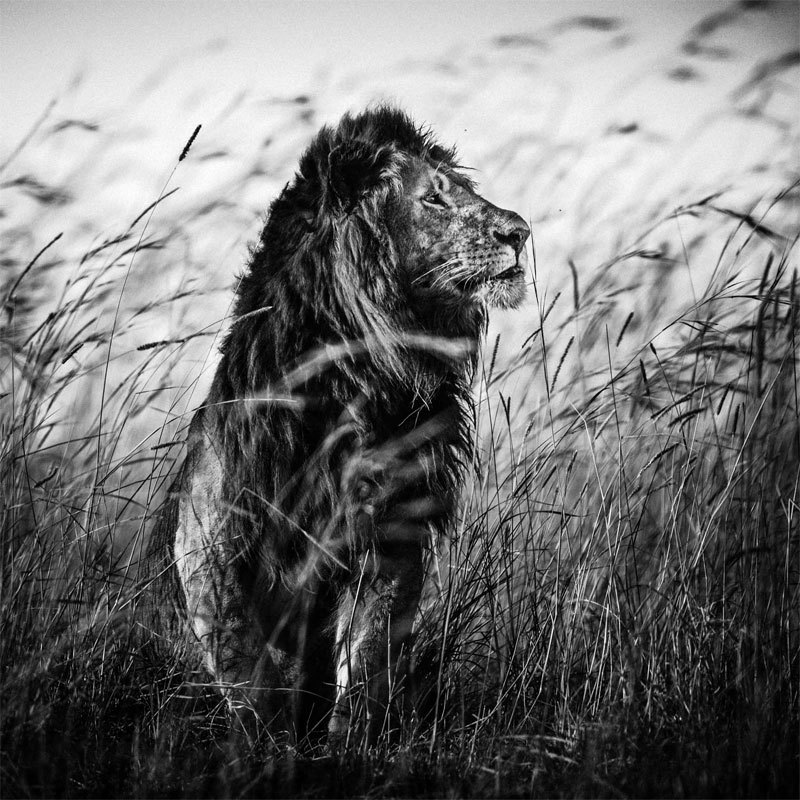
Credit: Laurent Baheux
Describe what it is like to photograph dangerous animals? What feelings to do you have?
L.B.: In fact, I feel less danger photographing wild animals than living with civilized people. Wildlife rules are simple and clear. It is not always the same thing with humans. I feel a lot of emotions when I take a picture in the wild: it may be something like confidence and concentration, a tranquil state of body and mind.
Related Articles: “SCIENTIFIC ILLUSTRATION: MARTINA BISAZ“
“LANDSCAPE PHOTOGRAPHY: A PLAY OF PATIENCE“
You are an activist for a few organisations, could you explain your role and how you contribute?
L.B.: I think that the communication of organisations I work with – like the WWF, United Nations, GoodPlanet or Wings4Wildlife– evolves towards a certain aesthetic and artistic vision. I believe people are fed up with shocking images of destruction, poaching and deforestation – even though those images are important to share because we all must know what is happening on our planet. I don’t know if there is hope. But I do believe people want hope.
Could you explain what you are trying to purvey to your audience with your photographs?
L.B.: Most of my work concentrates on simple scenes of animals’ daily life. All I want to present is what animals are representing — the abundance of life on Earth. I don’t know how photography can help preserve the wild ecosystems, but I am happy when people understand that animals are just as ‘human’ as us – that they have personalities and feel emotions and experience the idea of family. Animals are persons and Humans are animals: that is surely undeniable.
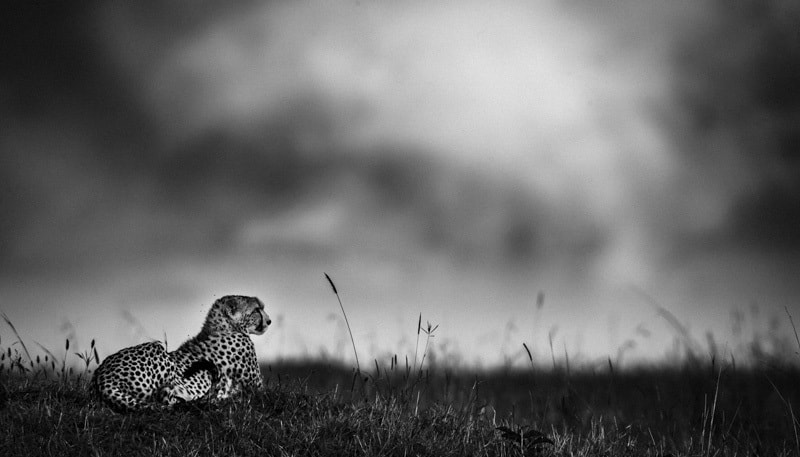
Credit: Laurent Baheux
I am happy when people understand that animals are just as ‘human’ as us – that they have personalities and feel emotions and experience the idea of family.
Do you believe, as a global community, we are doing enough to preserve our planet?
L.B.: Of course not. I think that we have two major problems: overcrowding and over-consumption.
What are your hopes for environmental and nature initiatives going into the future? What do you think needs to change?
L.B.: It is important for us to have a conscience about animals, and our impact on them. We must open our minds to the fact that we are on a living planet and are just a piece of this wonder. We have to leave more space, more life, for all other species because we will not survive at their extinction. It is humanity’s absolute challenge.
What are your greatest lessons learned from your experiences?
L.B.: My biggest lesson is my perception of our place on Earth. We are part of the wider family of all living beings. That’s why the name of my last coffee table book is, The Family Album of Wild Africa. I try to create a connection between animal and viewer because viewers discover a personality in the animals, and realise they have emotions too.
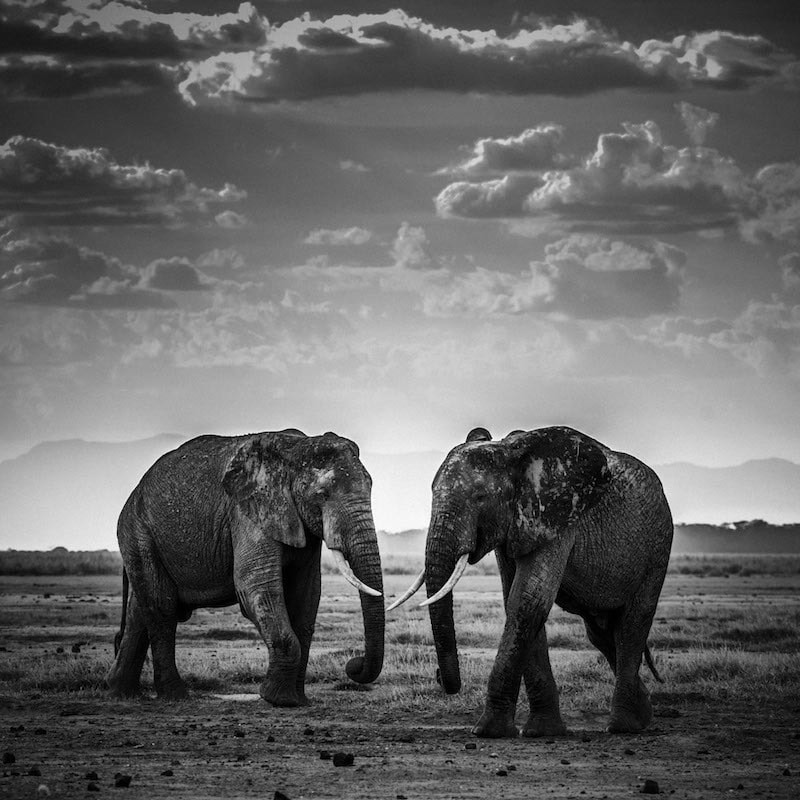
Credit: Laurent Baheux
_ _


